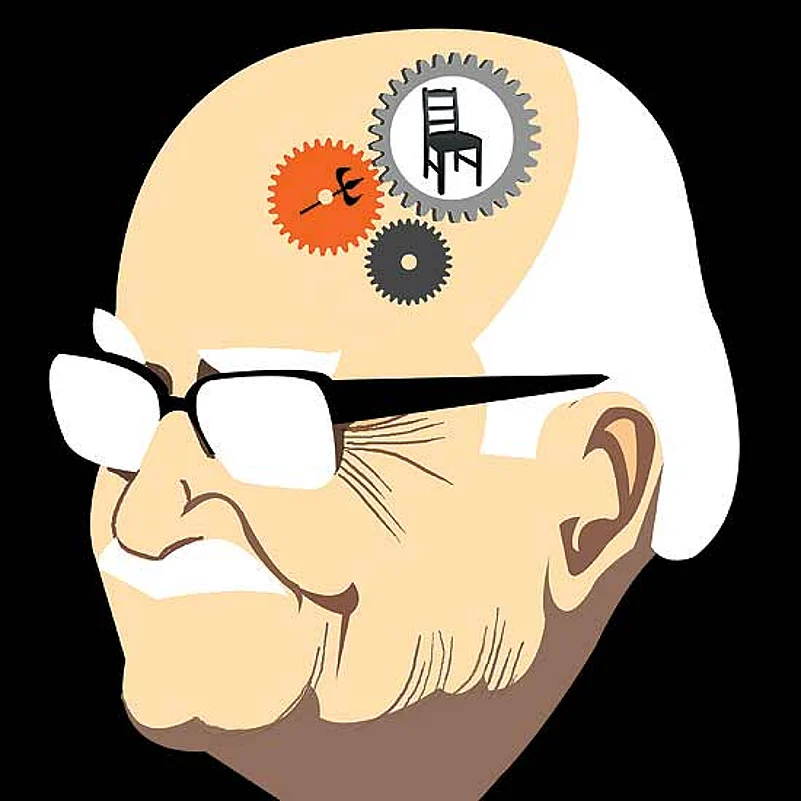Forced by the RSS to outright deny any prime ministerial ambitions behind his planned anti-corruption rath yatra, and outmanoeuvred by Narendra Modi and his choreographed fast, Lal Krishna Advani has now decided to play a different hand. The senior BJP leader’s rath yatra will now make a detour: he has now decided to make a bid for his long-cherished goal of becoming prime minister via the NDA route. Modi, it must be said, has elbowed Advani about a bit, and jostled the compulsive charioteer even for his taken-for-granted mantle of Loh Purush Sardar Vallabhbhai Patel. He even made Advani change his original plan of starting the yatra from the Sardar’s hometown, Karamsad, in Gujarat. Not only that, for the first time in 20 years, Advani was made to miss his September 25 date with Somnath, from where he had begun his only ‘successful’ rath yatra, the 1990 one, which took the BJP to victory with the Ayodhya campaign. Advani would have us believe the missed date does not matter, the purpose being fulfilled by the Allahabad High Court verdict on Ayodhya. But everyone knows the real reason: by announcing his own rally on September 25, Modi had displaced the old veteran.
Advani has had to content himself with planning his rath yatra from Sitab Diara in Bihar, the birthplace of Jayaprakash Narayan. Sending out a patent signal, he has invited Modi’s bete noire and rival in the NDA, Bihar’s chief minister Nitish Kumar, for the flagging-off. The decision to start from an NDA-ruled state (in which the BJP is a junior partner) rather than BJP-ruled Gujarat, Madhya Pradesh, Karnataka or Uttarakhand is his reaction to the lukewarm fashion in which the Sangh parivar and the BJP have welcomed his idea of starting again on a rath yatra. Given Nitish’s political distance from Modi, Advani is driving a point home to his own political parivar. Nitish would rather project himself as the NDA leader nationwide than have Modi claiming prime ministerial candidacy, and till then, he would gladly suffer Advani’s leadership than that of any other BJP leader. So Advani’s message in kicking off from Bihar is that he’s the BJP leader most likely to be acceptable to all allies.
Going by the way the RSS made Advani publicly shed his prime ministerial ambition in Nagpur recently, it wouldn’t like being outflanked like this, even though it might publicly go along for fear of showing dissension within the parivar. Taking lessons from some disappointments during Vajpayee’s NDA regime, the RSS would like a firmer grip on the alliance next time round. This is not possible without a firmer grip on the party it mentors, the BJP. Hence, it has gradually been tightening its hold on the BJP, first by installing its man Nitin Gadkari at the helm, and then, through him, people at every organisational level. But a major obstacle it faced was stagnation in the Sangh’s own organisation. Because of this, the RSS had failed to provide a new generation of efficient, enthusiastic and committed foot soldiers for the BJP. The RSS saw this, and also the fact that its pet Ramjanmabhoomi agenda had run out of steam. Its outdated communal mobilisation and the Hindutva-nationalism hyphenation had failed to connect with a young and increasingly aspirational middle class.
The RSS saw an opportunity in Anna Hazare’s anti-corruption campaign, even though it was not the agitation’s prime mover. Dismayed with the mainstream political class on corruption and unexposed to any alternative political vision, aspiring young Indians enthusiastically followed voices proclaiming their ‘civil society’ status in what was put out as an apolitical fight against corruption. So it lent unconditional support to the agitation without staking any claims to leadership. Its youth wing, the Akhil Bharatiya Vidyarthi Parishad, more active in the agitation, was careful in pushing an anti Nehru-Gandhi family agenda. In the long term, the RSS, through its ideological combination of nationalism with an anti-corruption platform, hoped to find new recruits from the milling crowds of youths. In the short term, the RSS possibly believed that the anti-UPA and anti-Congress fervour generated by the anti-corruption agitation would benefit the BJP by default at the time of voting. As an arrogant and blundering Congress seemed to walk into this trap, an impatient Advani jumped the gun, in the process prompting Modi to outbid him with his farce of a fast and bringing the RSS and Nitish openly into the power-play, thereby exposing the fissures in and between the BJP, the Sangh parivar and the NDA.
















